Author’s Note: This article talks about food. In it, I attempt to persuade the reader to leave well-established comfort zones in favor of navigating the world of “eating whilst traveling”. My focus is to enable travelers to feel comfortable with the sometimes embarrassing, but always human responses to eating something for the first time in the hopes of broadening our horizons and shared experiences. Personally, however, I recognize my privilege in having limited experience with food insecurity and my being able to eat adventurously, both financially and with access to decent health care. If you would like to join me in helping those who struggle with food insecurity here in the US, please visit Feeding America and consider making a donation.
There’s a moment of panic that can freeze even the most tenured of worldly eaters — when a piece of food is put in one’s mouth and behaves differently than expected. Maybe it’s a crunch in a piece of chicken that turns out to be tendon or bone, instead of the expected bite of sweet white meat or savory bit of thigh. Or perhaps it’s the slimy texture of some lettuce that was on the edge of composting before it went onto the plate. Whatever the sensation, the moment your mouth knows something is wrong, the brain — followed occasionally by the stomach — can be quick to respond.
It’s not unreasonable to assume that this sensation becomes more commonplace with travel. More-so when traveling to a country in whose language you are functionally illiterate. Pictures on packaging can be deceptive at times, and even food in front of your face might be vastly different from what you were expecting.
And no one is immune.
A few weeks into my first year in China, the bakery at my go-to grocery store once unwittingly committed such treason over a donut. For context, this bakery was a wild place, quite obviously its own entity in the otherwise orderly store, and clearly untouched by management. It was a place where baking appeared to be a game where the bakers would recreate all manner of pastries from pictures alone and see how close they got to the look. Things like bread existed, and it looked amazing, but the loaves were oddly small, and always steam cooked. Which, now that I think about it, I don’t remember ever seeing an oven in China. In the north where I was, bread is a staple food, like rice, and it’s always steamed. It’s called 馒头 mantou (“mahn-toe”) and it’s delicious, especially when sopping up the gravy from your kung pao chicken 宫保鸡丁 (“gong bow jee ding”).
But when you see a loaf of something resembling brioche at the bakery, and buy it expecting it to have been kneaded, proved, buttered to within an inch of its life, and then baked accordingly, but then bite into it only to find out it’s been steamed and then somehow painted brown on top, it’s possible you’ll wonder if you’re being punished for something.
Similarly for when I bought what looked and — in retrospect, by some apparent miracle — smelled like a Boston cream donut with some kind of cinnamon sugar on top, only to discover in the first bite in that it was, in fact, a perfidiously tinted steamed bun topped with shaved dried pork and filled with sweet mayonnaise.
In the event your body feels revulsion over having eaten — or just spit out — something unexpected, there can be an immediate sense of having just been betrayed. It’s easy to get embarrassed, then defensive, possibly even angry. Because let’s face it, you’ve just experienced a minor trauma. Our bodies are evolutionary wonders that will do anything to survive, and if that means retching to expel a perceived threat, better safe than sorry, right?
So, how do we handle the need to be graceful about something that is grossing us out, particularly in front of others?
What not to do: Freak out loudly. Yell at anyone, especially the server, who is likely clueless about what just happened and just wants to have an uneventful night at work. Demand your money back. Accuse the people around you of complicity. Throw things. Storm out.
Possible options instead: Scan for the nearest restroom (hopefully you already know where it is because you went into it to wash your hands before eating) and head that way with a quickness. Once back at the table, apologize gracefully for your sudden departure and explain what happened without grossing out anyone else. Unless it was a serious risk, like glass or something equally not supposed to be in your food, keep the details to a minimum: “I’m so sorry, everyone. Something in the soup didn’t agree with me, but I’m okay now.” Move the conversation on. At your earliest opportunity, order something safe to wash out your palate; soda, beer, wine, anything bottled is best, particularly if it’s a label you recognize. In all seriousness, Coke and its subsidiaries are ubiquitous and cheap, and very few places in the world won’t recognize the name if you ask for “Coca Cola”. Once everything has calmed down, try again with a different dish, and don’t hesitate to ask the people around you for help understanding everything in it.
Still worried about being squeamish about food? Watching the preparation can sometimes help. Most of today’s streaming services offer a veritable smorgasbord of cooking shows. I highly recommend anything by Samin Nosrat of Salt Fat Acid Heat fame. And YouTube is chock full of amateur and professional chefs making all manner of intriguing dishes. Kdeb Cooking is quite possibly my favourite. That little Thai baby cooks up an eel in coconut just as well as a pork belly the size of your torso. (And all apparently with the same knife.)
Learning more about some of the “surprise!” dishes that are served overseas is great prep as well. Kind of like researching a roller coaster before you get to the park. Here are a few from my personal trove, but fair warning, some things might be sensitive subjects:
- Most mushrooms can be particularly difficult for “texture eaters”, but probably none more than the elephant ears, aka wood ear mushrooms. Off-putting brownish-greyish colouration, slimy to the touch, but also weirdly crunchy to chew, these guys got it all. In countries where it’s not uncommon to eat animal parts not often served in the United States, these fungi have the misfortune of being avoided because of their resemblance to pork lung, or maybe just rotting meat in general. The flavor however, actually tends toward umami (as most mushrooms do) with a hint of woodiness. Not something typically eaten exclusively, they add a nice balance to a larger meal with multiple dishes, or inside a bright stir fry or salad.
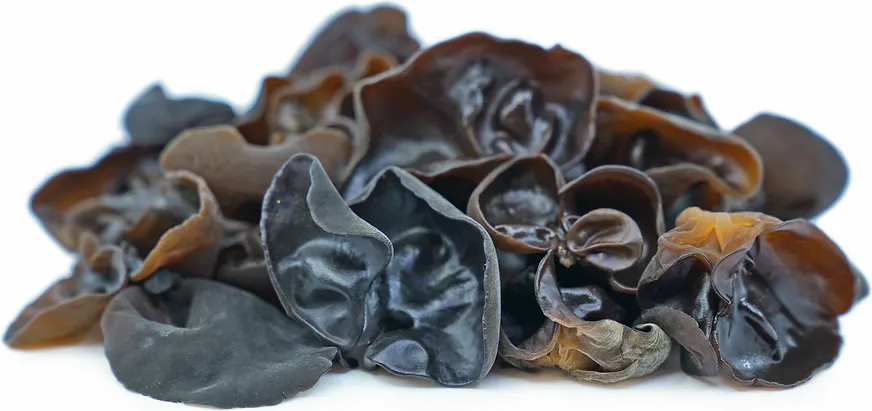
- Blood. Yes, you heard me. Stop wincing. Animal blood is used in a lot more cooking than you may realize, most often as a binding agent in sausages. Blood sausage is, well, dark, for one. It’s delicious and flavorful, but can be a little on the mushy side, so if texture is again an issue, try ordering it with scrambled eggs instead of eggs over easy. Just do make sure to give it a try.
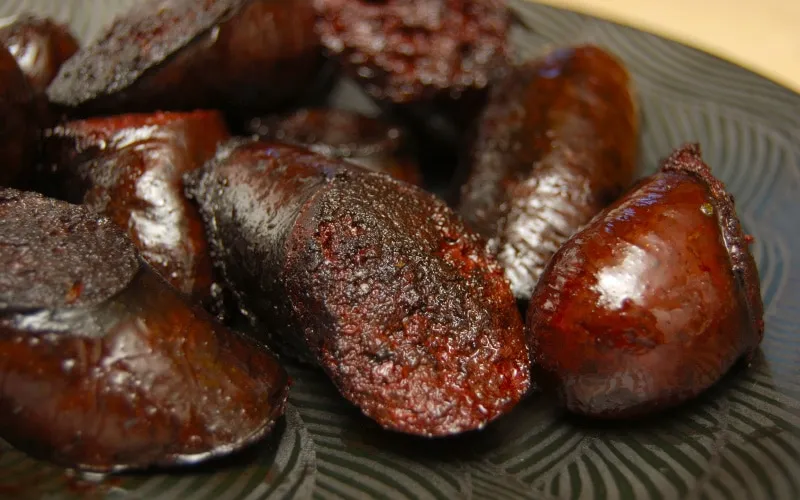
- Other animal bits and bobs, also known (maybe to some, aptly) as “offal”. Look, I’ve eaten some weirdness in my time, and there are some animal parts that I’m not even entirely sure how to eat. (Looking at you, chicken feet.) I haven’t liked everything I’ve tried, but I tried it, and there is one constant I’ve learned (you’ll see a theme here): Texture, not flavor is typically the hardest part to overcome. As I’ve already mentioned a few times, if you’re unaccustomed to a texture, the experience can quickly become an unpleasant surprise. So the more experience you can have with different things, the better. For example, knowing that intestine has a similar texture to calamari might help with eating it if that mouthfeel appeals to you, and avoiding it if (like me) it don’t. Tongue, especially when cooked right, skews a bit toward succulent minced or shredded steak. Blood in soups is a little like custard, while blood sausage on its own is a bit like dry oatmeal. Tendon is crunchy, but doesn’t really chew… I honestly don’t know what else is like that.
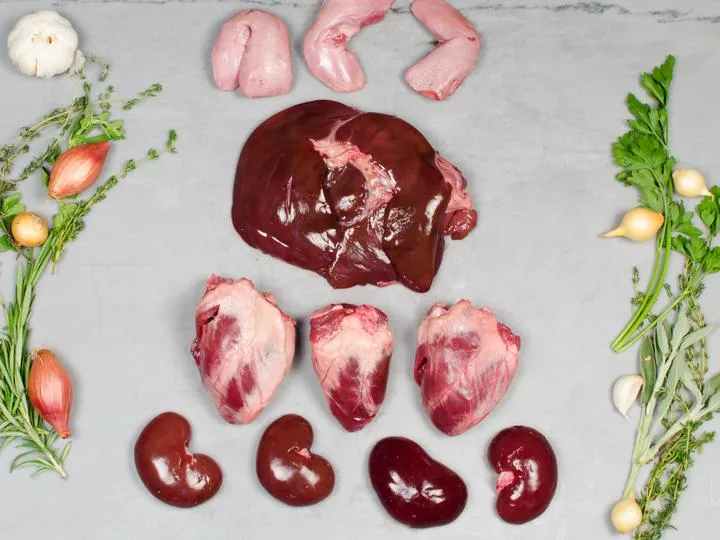
- Insects… I mean, outside of anything I’ve eaten accidentally, I’ve only ever eaten a spoonful of crickets, and it was just the once, so I’m no expert here. My understanding is that insects themselves don’t generally carry much of their own flavor, and instead tend to take on the flavors of whatever they’re cooked with. More than anything, this honestly sounds like a great way to get to know the local palate!
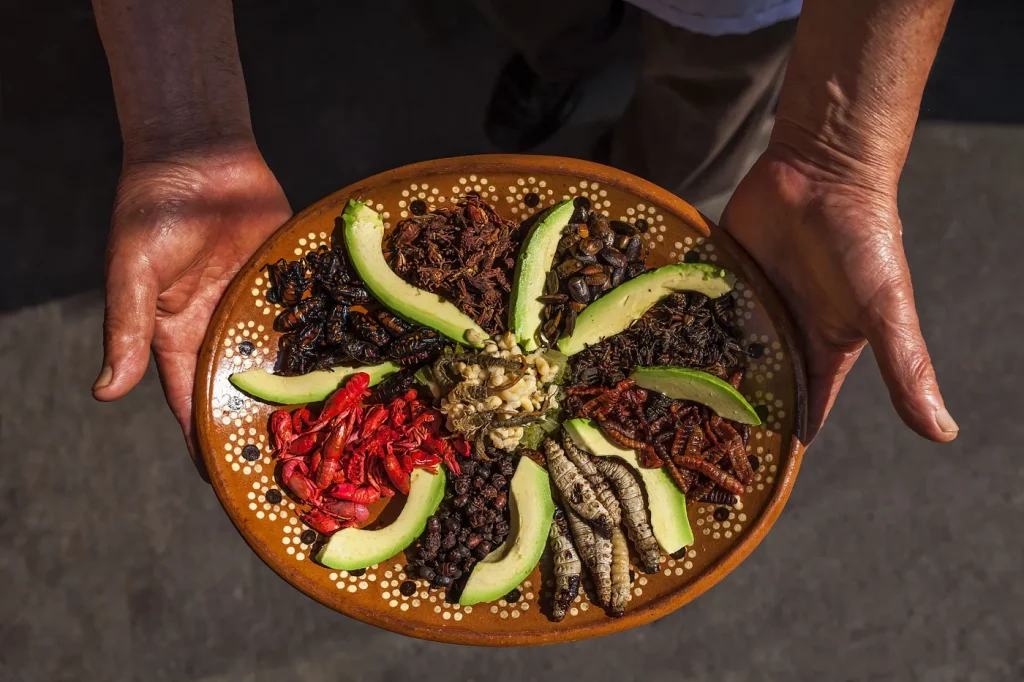
- Dog is not something I’ve had or been particularly interested in. If you have concerns about being served dog, allow me to allay your fears. Dog is not something picked up and butchered on the side of the street. This is a farmed animal. It’s not a cheap meat, and even in many parts of the traditionally dog-eating world it’s becoming taboo, bordering on illegal. So if someone serves it to you and you didn’t specifically order it, they will tell you, and even then they might be lying.
- Shark fin is in the same category as dog, and wouldn’t even be on this list save for the fact that people keep trying to impress one another with it. It is illegal in most of the world (damn right), taboo (or should be anyway) where it is legal, and quite expensive. Again, if someone is trying to serve it to you, they will likely want you to know it. I was once unknowingly ordered shark fin soup in China by a man trying to get me to come work for his company. It was basically clear hot water with small, translucent strands floating in it. I’d honestly actually thought it was one of those bowls for washing your fingers until he insisted I eat some. It was only after trying a bite that he told me what I was eating. I won’t repeat here what I said to him before I turned down the job.
- Seafood is tricky. I could write a dissertation on seafood, and frankly, I might someday. My general rule is to avoid it at places where it’s an afterthought and 100% eat it where it’s routine. I’m more inclined to eat a burger at a seafood restaurant than oysters at a burger joint, if you catch my drift. And when it comes to texture and flavor, the sea can be a cruel mistress. Where there is plenty for every type of eater to enjoy, there is just as much that can give us the “what did I just eat?” pause. Personally, I’ll eat slimy seaweed any day before forcing down a leaf of kale, but feel free to take that with a grain of sea salt since I’ll also eat spoon worms and just about any type of sushi you put in front of me.
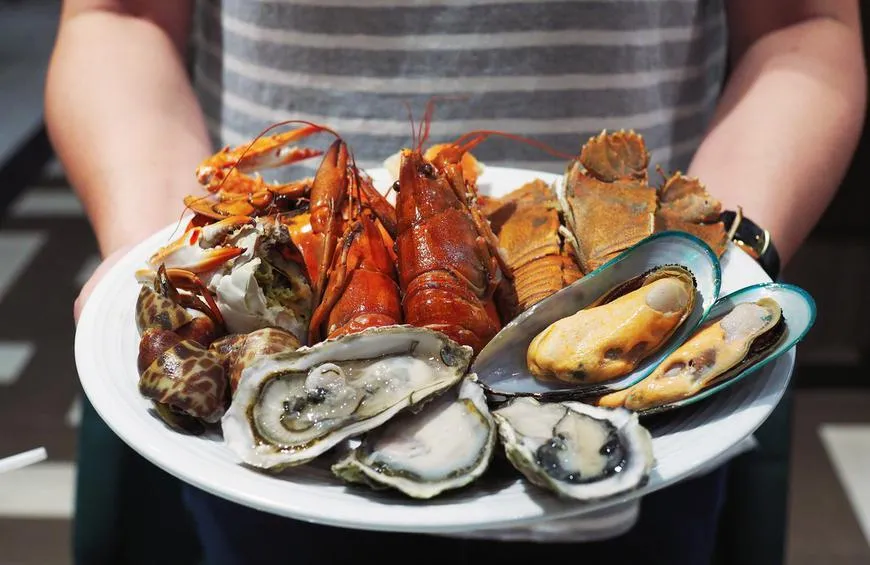
- And speaking of, if the thought of the raw fish in sushi squiks you out, it’s very understandable. Fortunately, not all sushi is raw, and starting with cooked rolls is a great path for working your way up. Look for options that say “tempura”, “bbq-ed”, or “steamed”, then baby step toward something familiar, like tuna, salmon, or whitefish. (Brittany Kennedy over at Delishably has an excellent quick reference guide for sushi that’ll take the translation work out of your menu.) And remember, rolls are your friend. So many flavors can be incorporated that even the fishiest of fish is easily tempered. And if that flavor or texture still ain’t doing it for you, vegetarian sushi is amazing! Cucumber, peppers, lettuces, mangoes, pineapple, avocado. At some point, your choices might just become a vehicle for the wasabi and soy sauce, but literally no one is judging, especially if you’re enjoying yourself.
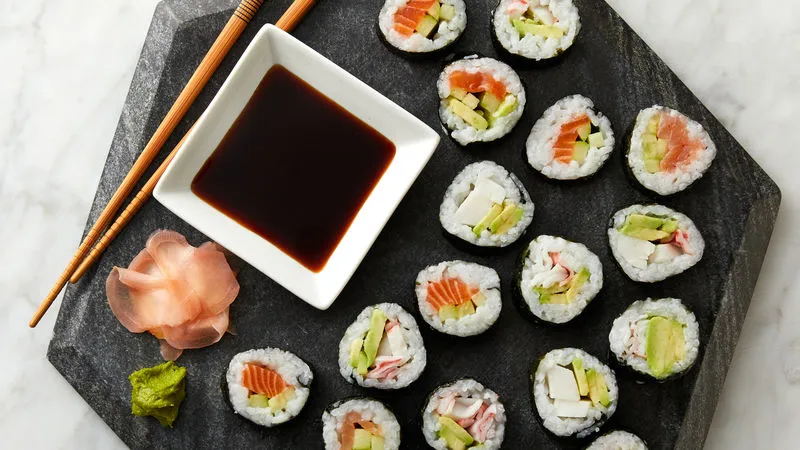
- Raw oysters take some practice as well. While they are so amazing with cocktail sauce and a squeeze of lemon — especially if you can pair them with a shot of vodka or tequila — there is a definite slurp you have to be able to get past first. How long you hold them in your mouth after that is up to you.
- Cooked shellfish like shrimp, lobster, and crab, are delightful, but have a formative crunch to certain parts of the meat. Fortunately, it’s the type of crunch that feels more or less right for the food, unless it’s a bit of shell, but the sweetness of the meat when paired with obscene amounts of butter or cocktail sauce more than makes up for it.
- Cooked Fish are on a whole other level. Sure, it’s possible to get beer battered, deep fried halibut chunks slathered in tartar sauce and never know this was once a 300-pound pingpong paddle, but whenever given the option, I will always order a whole fish, head included. Why? Because it’s one of the few times as an adult you get to play with your food and actually impress your dinner company. Picking the meat off the bone is a challenge that makes the reward even more delicious. And then there’s the cheeks! If you want to be a true connoisseur, dig a digit or fork tine just below the eye and pull out that beautiful chunk of fish cheek. It’s just like the meat from the rest of the animal, but better. It’s where all the juices and flavors condense, and it is not to be missed. (Seriously. It’s the part of the fish the chef saves for themself.) Feeling adventurous after that? Eat that eye. There might not be much flavor to it, but no one will be challenging your decisions for the rest of the night.
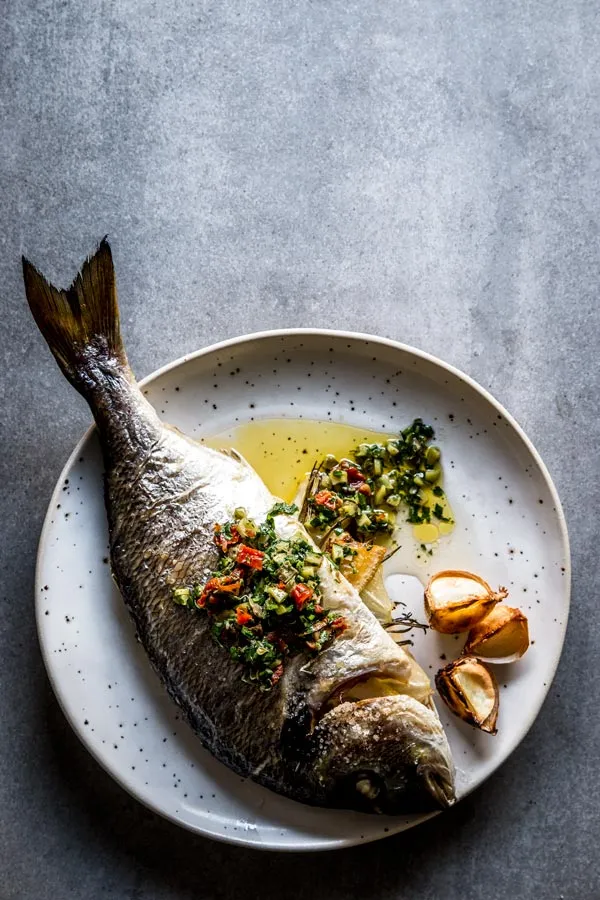
Last bit of food for thought:
Eating something you don’t like? Take it down in your notes or TripBee app and remember it for next time. What was it specifically that you didn’t like? Was it the method by which it was cooked? Maybe the fried version is better than the grilled one. Was it the flavor? Maybe the frogs legs tasted a little too much like chicken, or liver just really isn’t for you. Possible it might not be what you’re in the mood for? Suggest family style, or learn who your true friends are by asking if someone at the table will switch with you. Whatever the reason, knowing what makes something either amazing or undesirable will help you build your flavor toolbox and will be sure to enrich your experiences going forward.


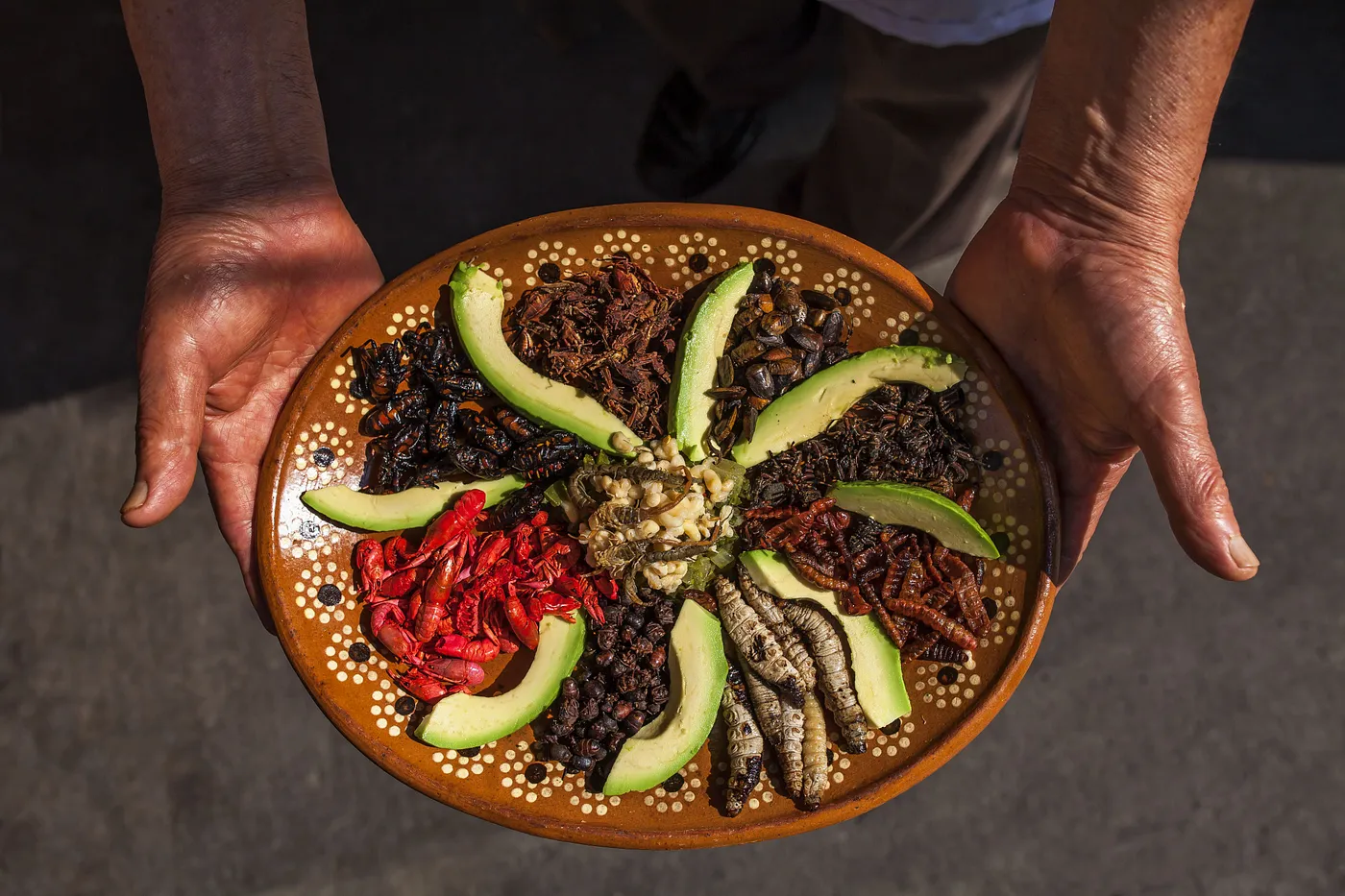
Comments are closed